Pilot, Know Thyself: Discovering What It Means to Be Painfully Average
Flying Magazine
JUNE 10, 2025
I took off from Runway 34L at 169,800 pounds gross weight, rotated at 1.8 minutes, covered 1,722 nm at an average ground speed of 511 knots, and burned 22,200 pounds of jet-A. minutes and achieved stable approach to Runway 19R at 1,710 feet. On a typical flight I taxi at a maximum of 21 knots, rotate at 1.9





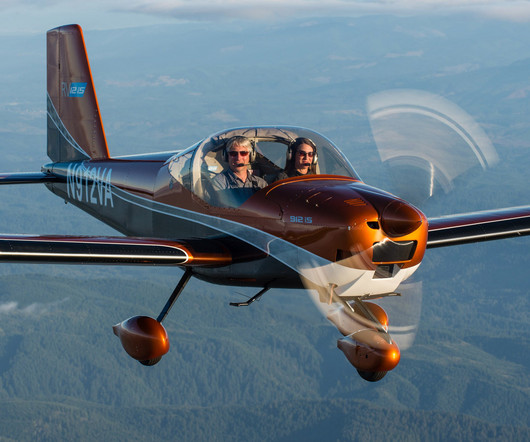
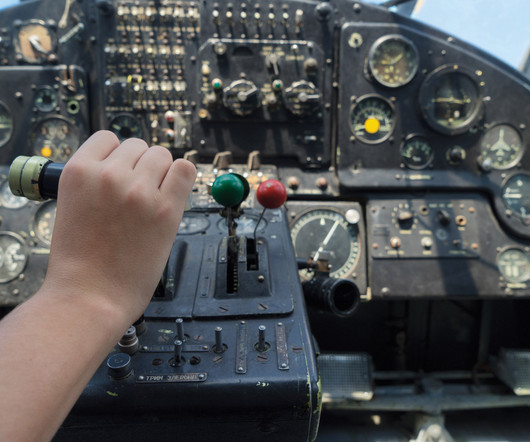


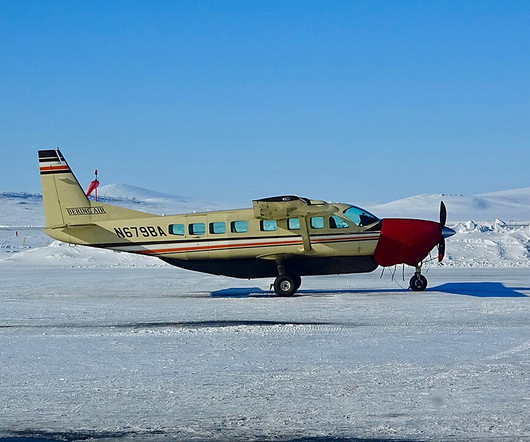



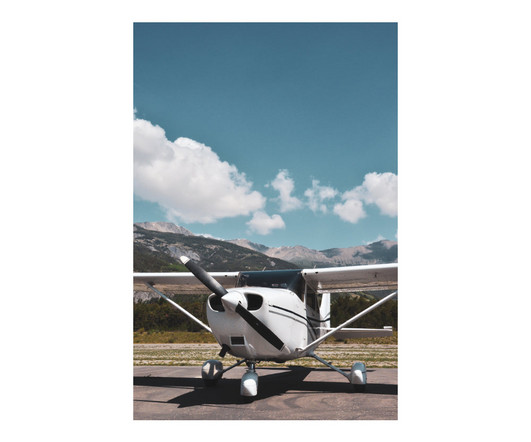
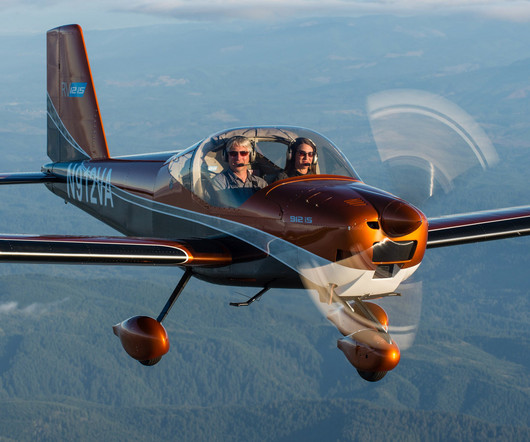
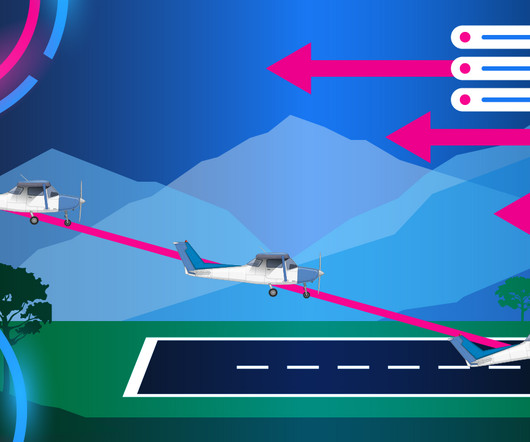
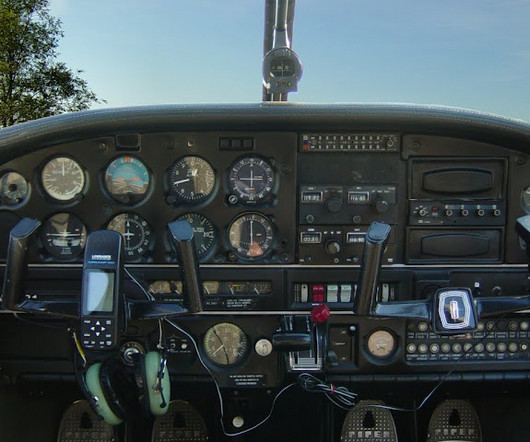
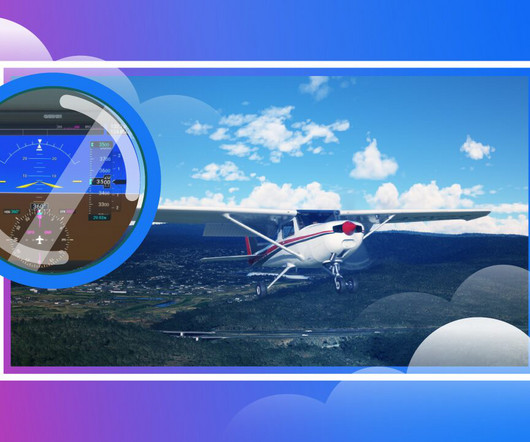
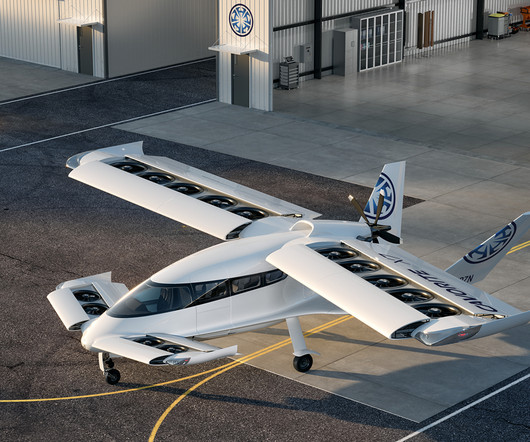



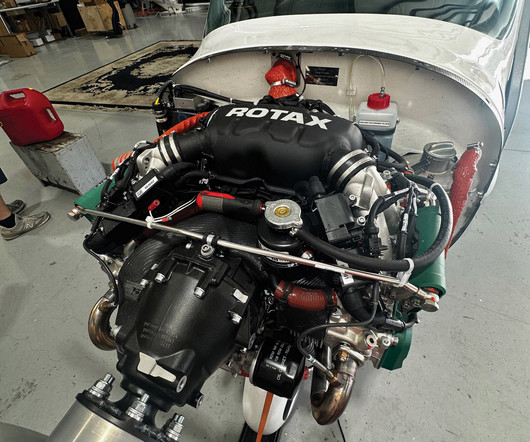
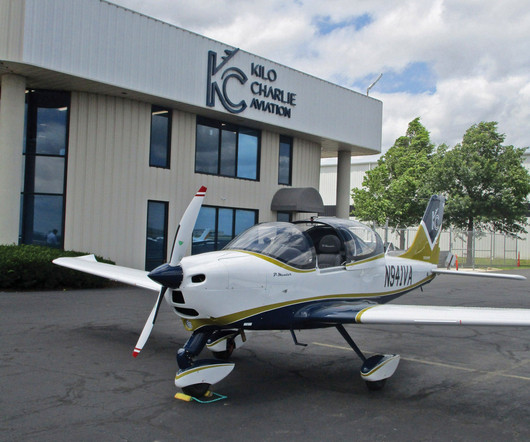






Let's personalize your content